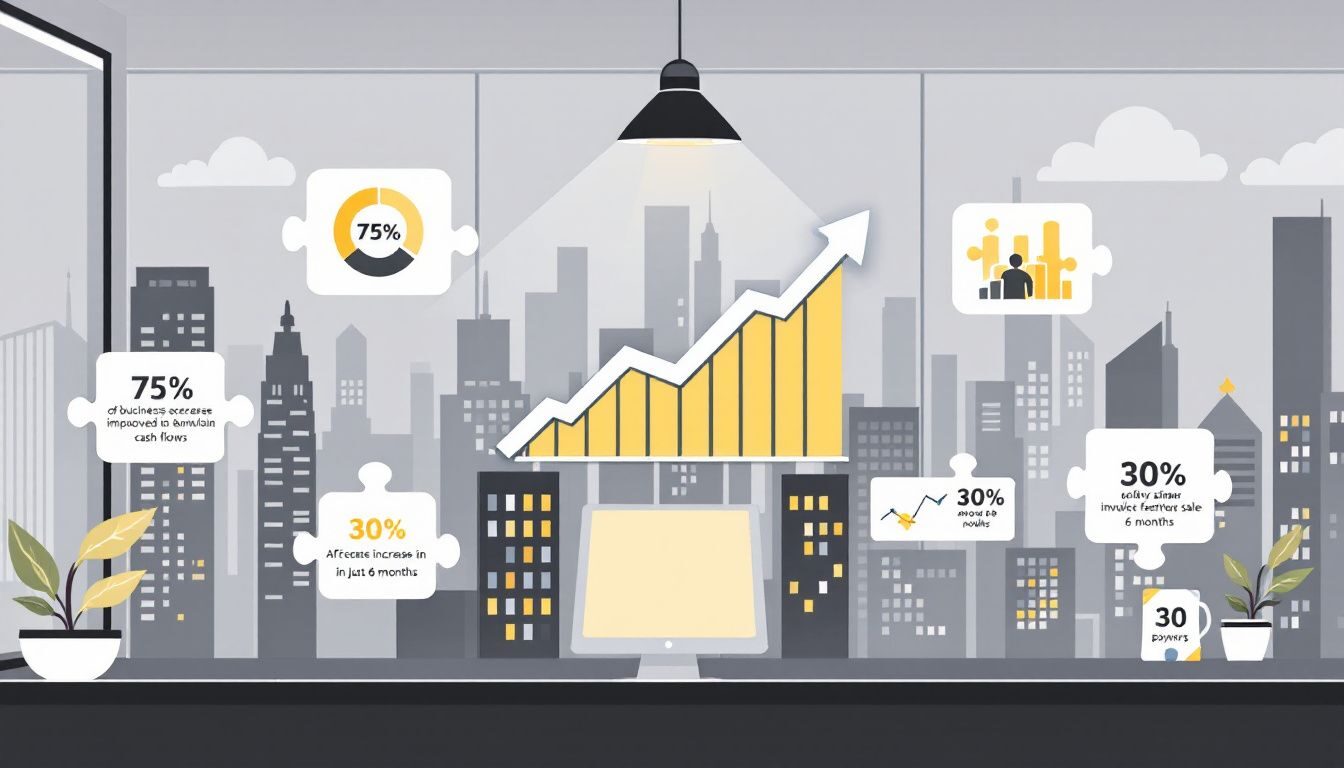Embarking on the journey of commodity investing can be both thrilling and intimidating, especially for newcomers. If you’re considering diving into this vibrant market, Commodity Investing 101 is your gateway to understanding the foundational aspects of this field. This Beginner’s Guide to Commodities will illuminate key concepts, help you navigate the basics, and equip you with the knowledge to make informed investment decisions.
Understanding Commodity Investing
At its core, Commodity Investing 101 revolves around trading raw materials and primary agricultural products. Commodities are typically categorized into four main types: energy resources (like oil and natural gas), metals (such as gold and silver), agricultural products (including wheat and coffee), and livestock (like cattle and hogs). Each category operates within its unique set of market dynamics influenced by global supply and demand, economic indicators, and geopolitical events.
Intro to Commodity Markets
Intro to Commodity Markets involves familiarizing yourself with how these markets function. Commodities are traded on various exchanges, including the Chicago Mercantile Exchange (CME) and the New York Mercantile Exchange (NYMEX). These exchanges facilitate the buying and selling of commodities through futures contracts, options, and other financial instruments. Understanding how these exchanges operate will give you insight into how prices are determined and how you can participate in the market.
Basics of Commodity Investing
Grasping the Basics of Commodity Investing is crucial for anyone new to this field. Commodities can be traded in several ways:
- Futures Contracts: These are agreements to buy or sell a specific quantity of a commodity at a predetermined price on a set date. Futures are often used by traders to hedge against price fluctuations or speculate on future price movements. They can be complex and require a thorough understanding of market trends.
- Commodity ETFs and Mutual Funds: These investment vehicles allow you to gain exposure to commodities without directly trading futures contracts. They invest in a basket of commodities or commodity-related assets, offering diversification and easier management.
- Physical Commodities: Investing in the actual commodity, such as buying gold bars or agricultural products, is another option. This method involves considerations such as storage, security, and liquidity.
- Commodity Stocks: Investing in stocks of companies involved in commodity production, such as mining or agriculture firms, can provide indirect exposure to commodity prices.
Key Concepts for Beginners
For those just starting out, it’s essential to familiarize yourself with key concepts and terminology:
- Spot Price: The current market price at which a commodity can be bought or sold for immediate delivery.
- Futures Price: The agreed-upon price for a commodity to be delivered at a future date.
- Leverage: Using borrowed funds to increase the potential return on investment. While leverage can amplify gains, it also magnifies losses.
- Hedging: A strategy used to reduce or eliminate risk by taking an opposite position in the futures market or using other financial instruments.
- Volatility: The degree of variation in the price of a commodity over time. High volatility means larger price swings, which can present both risks and opportunities.
Developing a Strategy
Creating a sound investment strategy is crucial for success in commodity investing. Start by defining your investment goals—are you looking for long-term growth, short-term gains, or a hedge against inflation? Your strategy should align with your risk tolerance and financial objectives.
Consider the following when developing your strategy:
- Research and Analysis: Stay informed about global economic trends, supply and demand factors, and geopolitical events that impact commodity prices. Utilize both fundamental analysis (evaluating economic and industry data) and technical analysis (examining price charts and patterns).
- Diversification: Spread your investments across different types of commodities to manage risk. Diversification helps mitigate the impact of adverse price movements in any single commodity.
- Risk Management: Implement strategies to manage risk, such as setting stop-loss orders to limit potential losses and using hedging techniques to protect your investments.
- Start Small: For beginners, starting with a small investment and gradually increasing your exposure as you gain experience is a prudent approach. This allows you to learn the ropes without risking significant amounts of capital.
Monitoring and Adjusting
Once you have invested in commodities, continuous monitoring and adjustment of your strategy are essential. Stay updated on market news, economic reports, and other factors that can influence commodity prices. Regularly review your portfolio and make adjustments as necessary to align with your investment goals and market conditions.
Seek Professional Advice
Navigating the complexities of commodity investing can be challenging. Consider seeking advice from financial advisors or experts who specialize in commodity markets. Professional guidance can provide valuable insights, help refine your strategy, and enhance your understanding of the market.
In conclusion, Commodity Investing 101 offers a comprehensive overview for beginners eager to explore the world of commodities. By understanding the Beginner’s Guide to Commodities, familiarizing yourself with the Intro to Commodity Markets, and mastering the Basics of Commodity Investing, you will be well-prepared to embark on this exciting investment journey. Remember, successful investing requires continuous learning, strategic planning, and prudent risk management.

